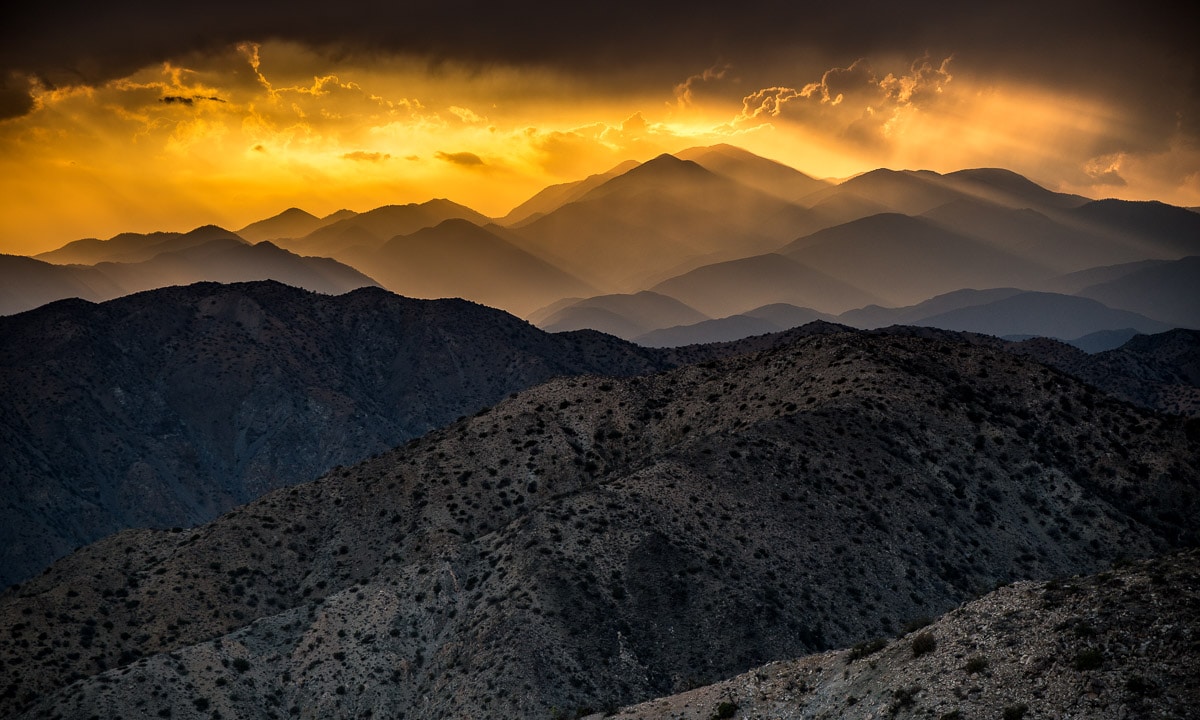
The best sunset in Joshua Tree
As we entered Joshua Tree National Park we asked the ranger at the visitors center, where's the best place to see the sunset? Without hesitation, she said, Keys View. Wow, was she right.
We hadn't seen many clouds in Southern California since we began our western U.S. National Park odyssey. So we were excited when we drove up from Los Angeles to Joshua Tree National Park. The clouds just kept building as we traveled east into the mountains. And lo! I think we even saw some of them dropping some rain around San Bernardino. A very rare occurrence in this time of drought and fire.
We stopped in 29 Palms, California, just long enough to check into a motel and then speed into Joshua Tree National Park on Park Boulevard. Ten miles down Park Boulevard, then turn right. Keys View is about a 20-minute drive from Park Boulevard down Keys View Road to the crest of the Little San Bernardino mountains on the west side of the park. Views of the Coachella Valley are just below us, and the San Andreas fault is visible right in the middle of the valley. The Salton Sea barely glimmers off to the south and the reflections off the glass of Palm Springs homes are just in front of us. You can also catch a view of Southern California's two highest mountains, Mount San Jacinto and Mount Gorgonio. We were told that on a really clear day, you might be able to see Signal Mountain in Mexico. No such luck today though.
As we got out of the car, this fellow saw my cameras and said, “Look at this!” pointing to some mountain sheep on the side of a hill just about 30 yards from us.
Yeah, I said, “But the light's no good to shoot them. They're brown, against a brown hillside, and the sun is behind them.”
“Look at that,” I said. “There's your picture,” pointing to the west into the sun.
We walked up from the parking lot to the highest point and an observation area. We hung around for an hour taking shot after shot of the sunset over the rock formations. I got several good ones. But about midway through the hour, this shot happened. The light lasted about three minutes like this and I just kept adjusting the frame, adjusting the exposure and pushing the shutter. (By the way, a polarizing filter for your lens is a must for shooting into the sun.)
I was lucky that this top photo won a couple of awards. It was an Editor's Choice by National Geographic in their 2015 Photo Contest, and it was a North American Travel Journalists Association Gold Award winner for National Park photography during the Centennial year of the United States National Parks.
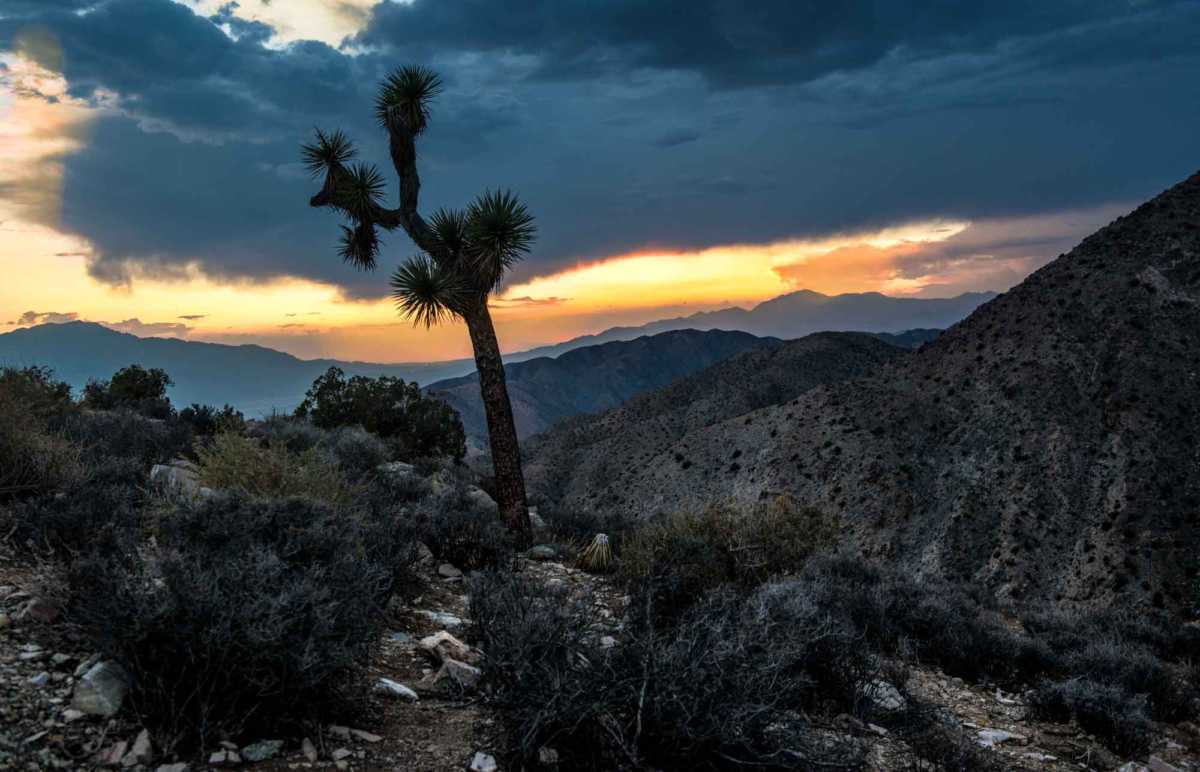
Here is another photo from near the same spot. As I was walking back down the hill towards the parking lot, the sun was still gleaming behind the clouds. And though this is Joshua Tree National Park, this was the only Joshua Tree in the vicinity. Of all the places I like to photograph, I would have to say the desert is my favorite. All the variety of the sere landscape is just too beautiful to miss.
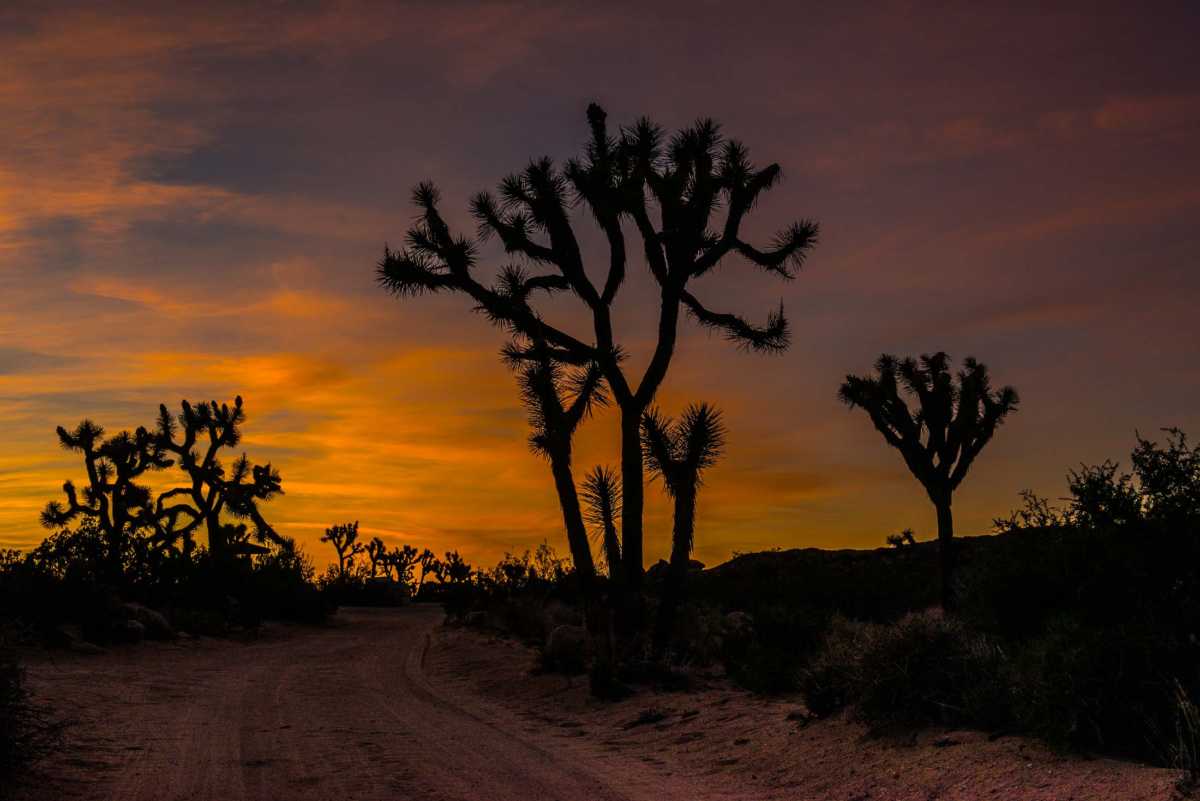
Why are desert sunsets so colorful?
The desert, wherever we've been, has the most colorful sunsets of anywhere. I don't know exactly how it happens, but a sunny hot day without a cloud in sight morphs at sunset into a cloudy, moody palette that rewards you for waiting out an entire day that presented bright, but uninteresting illumination.
Of course, sunsets everywhere can be spectacular, but the desert sunset is particularly red due to the dryness of the air. Moist air tends to scatter light more. Also, deserts tend to have cleaner air, and therefore allow the light a more direct path to the eye, making the color more dramatic.
Finally, the particulates in the air tend to be dust, as opposed to ozone, carbon monoxide, and other pollutants. Dust tends to reflect more red than yellow light, so you get this dramatic tableau rather than a more insipid yellowish cast.
And, in general, because light at sunset takes a more oblique route through the atmosphere, there's more air to get through. So light colors with longer wavelengths, such as red and orange light, are able to penetrate better than light with shorter wavelengths, such as the blues and violets.
Now you know everything about desert sunsets that I do.
If you'd like to see what the Joshua Tree landscape looked like a few hours later, see Night Photography, Joshua Tree National Park, California.
You can see photos from all our visits to United States National Parks by clicking the link.
Up Your Travel Skills
Looking to book your next trip? Use these resources that are tried and tested by us. First, to get our best travel tips, sign up for our email newsletter. Then, be sure to start your reading with our Resources Page where we highlight all the great travel companies and products that we trust. Travel Accessories: Check out our list of all the accessories we carry to make getting there and being there a lot easier. Credit Cards: See our detailed post on how to choose the right travel rewards credit card for you. Flights: Start finding the very best flight deals by subscribing to Thrifty Traveler. Book your Hotel: Find the best prices on hotels with Booking.com. See all of the gear and books we like in one place on our Amazon shop.Got a comment on this post? Join the conversation on Facebook, Instagram, or Threads and share your thoughts!

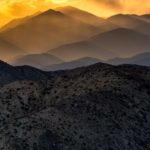
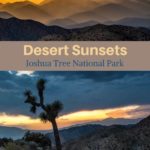
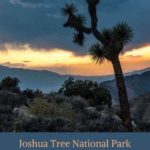
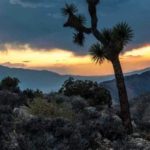
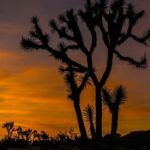
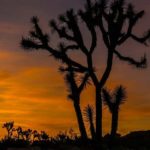
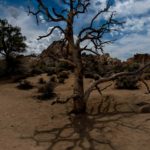

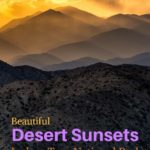

Comments are closed.